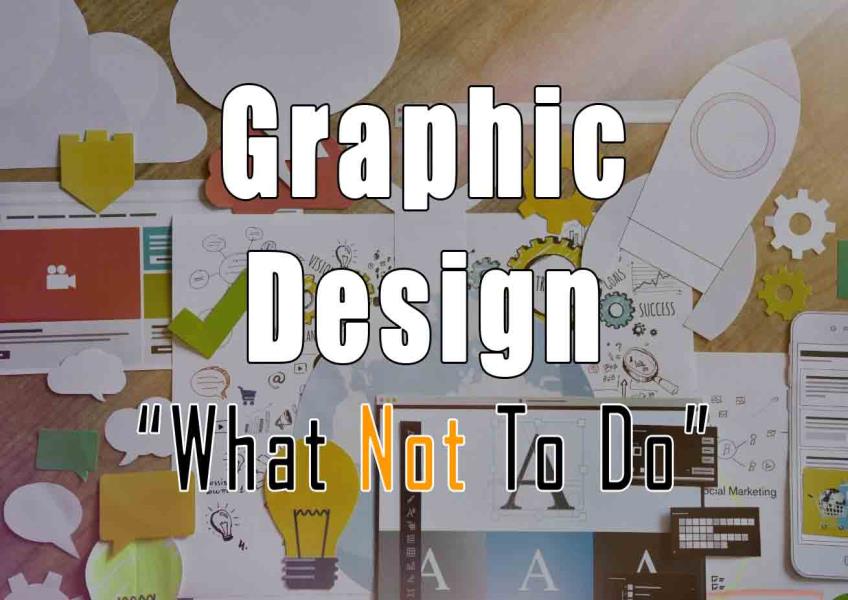Get the latest updates From BL Soni College Bhilwara

What are some common mistakes to avoid in graphic design?
Graphic design is a creative field that requires attention to detail, creativity, and a keen eye for aesthetics. Here are some common mistakes to avoid in graphic design: Ignoring the Brief: Not fully understanding the client's or project's requirements and objectives can lead to designs that don't meet the intended goals. Lack of Planning: Skipping the planning phase can result in disorganized, ineffective designs. Start with research, brainstorming, and sketching before diving into digital design. Poor Font Choices: Using too many fonts or choosing fonts that are difficult to read can make your design confusing. Stick to a few complementary fonts and prioritize readability. Overcrowding: Cluttered designs with too many elements can overwhelm the viewer and dilute the message. Maintain a clear visual hierarchy and use whitespace effectively. Ignoring Grids and Alignment: Not using grids or neglecting alignment can lead to a lack of visual harmony in your design. Grids help maintain consistency and make the layout cleaner. Inconsistent Branding: Using inconsistent colors, logos, or fonts can damage brand identity. Ensure that design elements align with the brand guidelines. Neglecting Readability: Poorly organized content, overly small text, or low contrast can make your design hard to read. Prioritize readability and hierarchy. Ignoring Color Theory: Poor color choices can affect the overall mood and effectiveness of your design. Understand color theory and consider the emotions and associations different colors evoke. Low-Resolution Images: Using low-resolution images in print or digital design can result in pixelation and reduced quality. Always use high-resolution images. Not Checking for Spelling and Grammar Errors: Typos and grammatical errors can undermine the professionalism of your design. Proofread thoroughly. Overuse of Effects: Excessive use of filters, gradients, drop shadows, and other effects can make your design look dated or cluttered. Use effects sparingly and purposefully. Improper Scaling: Scaling images or graphics without maintaining proper proportions can distort the design. Use vector graphics or scale proportionally to avoid this. Copying or Plagiarizing: Using someone else's work without permission or not giving proper credit can lead to legal issues and damage your reputation. Ignoring Feedback: Not seeking feedback from peers or clients can result in missed opportunities for improvement. Constructive criticism can help refine your work. Skipping Mobile Optimization: In today's mobile-centric world, neglecting mobile optimization for web and digital designs can result in a poor user experience. Rushing the Design Process: Rushing through the design process can lead to subpar results. Take the time to research, plan, and iterate on your designs. Not Considering Accessibility: For web and digital designs, ignoring accessibility guidelines can exclude people with disabilities from accessing your content. Prioritize accessibility for inclusivity. Failing to Proof and Test: Neglecting to proofread and test your designs across different devices and platforms can lead to unexpected issues and inconsistencies. Being Too Trendy: While it's essential to stay current, blindly following design trends without considering the project's needs and audience can result in superficial and short-lived designs. Lack of Originality: Reusing the same design concepts or styles without innovation can lead to stagnation. Strive to bring fresh ideas and creativity to your work. Avoiding these common mistakes in graphic design requires a combination of skill, attention to detail, and a commitment to continuous improvement. By staying mindful of these pitfalls, you can create more effective and impactful designs.


